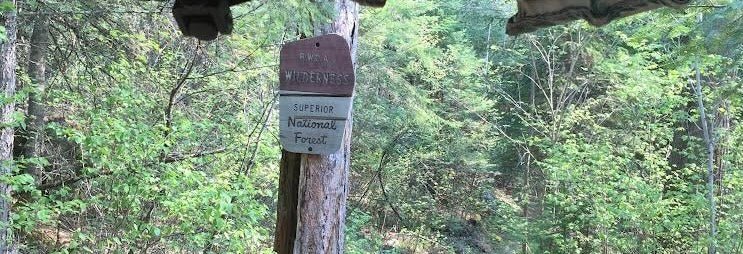
The Legacy of the Civilian Conservation Corps in the Boundary Waters Canoe Area
Jerod ArlichShare
Introduction
The Boundary Waters Canoe Area (BWCA) in Northern Minnesota is renowned for its pristine wilderness, abundant wildlife, and tranquil waters. However, much of the infrastructure that allows us to enjoy this natural wonder is a result of the hard work and dedication of the Civilian Conservation Corps (CCC). Established during the Great Depression, the CCC played a pivotal role in developing and preserving what is now the BWCA, particularly in areas near Ely and Grand Marais.
The Birth of the CCC
In the 1930s, the United States was grappling with the economic turmoil of the Great Depression. Unemployment was rampant, and the country’s natural resources were in dire need of conservation and restoration. In response, President Franklin D. Roosevelt established the Civilian Conservation Corps in 1933. This program aimed to provide jobs for young men while simultaneously addressing the environmental degradation that had resulted from years of unregulated exploitation.
CCC Activities in the BWCA
The Boundary Waters region, known for its rugged beauty and ecological significance, became a focal point for CCC efforts. The activities of the CCC in the BWCA can be broadly categorized into infrastructure development, forest management, and conservation education.
1. Infrastructure Development:
One of the most lasting impacts of the CCC in the BWCA was the creation of vital infrastructure. The Corps built an extensive network of trails, portages, and campsites that are still in use today. These developments made the area more accessible for both conservation efforts and recreational activities.
• Trails and Portages: The CCC constructed and maintained hundreds of miles of trails and portages, linking the numerous lakes and waterways of the BWCA. These paths not only facilitated travel for canoeists and hikers but also played a crucial role in fire management and rescue operations.
• Campsites: To accommodate the growing number of visitors, the CCC developed campsites equipped with fire grates, latrines, and tent pads. These campsites were strategically placed to minimize environmental impact and provide a safe and enjoyable experience for campers.
2. Forest Management:
The CCC’s work in forest management was essential in promoting the health and sustainability of the BWCA’s ecosystems. The Corps undertook several initiatives to manage the forest resources responsibly.
• Reforestation: The CCC planted millions of trees in the BWCA to combat deforestation and soil erosion. This reforestation effort was crucial in restoring the area’s natural habitats and ensuring the long-term health of the forest.
• Fire Control: Forest fires were a significant threat to the BWCA’s wilderness. The CCC constructed fire towers, cleared firebreaks, and trained crews to combat wildfires. These efforts significantly reduced the incidence of uncontrolled fires and protected both the environment and local communities.
3. Conservation Education:
In addition to their physical labor, the CCC played an important role in educating the public about conservation. They conducted educational programs and outreach efforts to promote the importance of preserving natural resources.
• Visitor Centers and Exhibits: The CCC helped establish visitor centers and informational exhibits in the BWCA region. These centers provided educational materials on the area’s ecology, history, and the importance of conservation.
• Guided Tours and Workshops: CCC members often led guided tours and workshops for visitors, sharing their knowledge of the local environment and the significance of conservation practices. These programs helped foster a greater appreciation for the BWCA among the public.
The Lasting Impact
The legacy of the CCC in the BWCA is evident today in the well-maintained trails, portages, and campsites that continue to serve thousands of visitors each year. The forest management practices initiated by the CCC have helped preserve the region’s biodiversity and natural beauty, ensuring that future generations can enjoy the same pristine wilderness.
Moreover, the CCC’s emphasis on conservation education laid the groundwork for ongoing efforts to promote environmental stewardship in the BWCA. The values and practices instilled by the CCC continue to influence modern conservation initiatives, highlighting the enduring importance of their work.
Conclusion
The Civilian Conservation Corps played a crucial role in shaping the Boundary Waters Canoe Area, transforming it into the cherished wilderness we know today. Their efforts in infrastructure development, forest management, and conservation education have left an indelible mark on the region, ensuring its preservation for future generations. As we paddle through the serene waters and hike the scenic trails of the BWCA, we are reminded of the enduring legacy of the CCC and their commitment to conserving our natural heritage.
